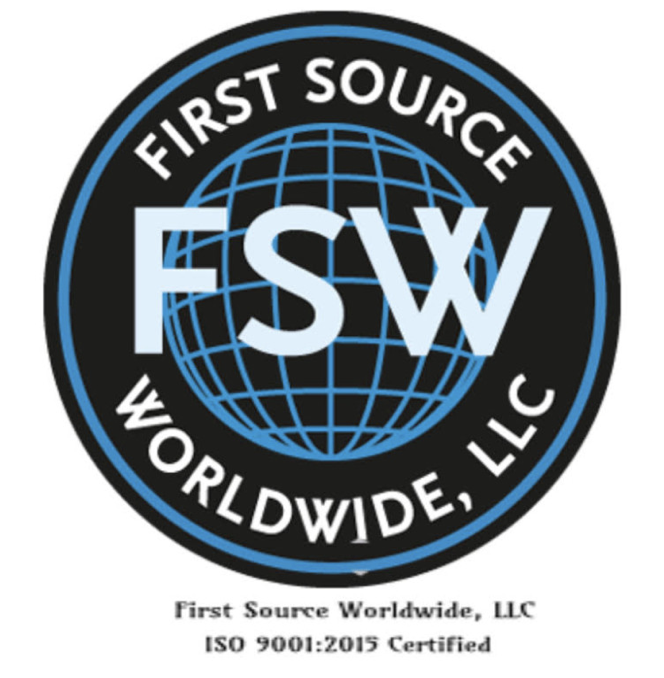Inkjet Printing for Carpet and Rugs
Digital printing technology gives the manufacturers exactly what they want by printing directly on the surface. Inkjet printing is one of the most common methods of digital printing as it offers fast production and cost-efficient print runs. Let’s take a look at inkjet printing and how it can be used on carpets and rugs.
What Does an Inkjet Printer Do?
Digital inkjet carpet printers help the manufacturers to produce mass customized carpets for individuals, shops and collections. They can create complicated, unlimited, and difficult patterns along with endless colors per design. It all depends on your choice!
How Does an Inkjet Printer Work On Carpets?
The needed penetration can be achieved by applying the pre-coat and using SupaPRESS technology (a system used to enhance penetration) to push amounts of highly concentrated ink deep down into the pile.
- Inkjet printers assure high printing speed
- It barely wastes any ink
- Works with four, six or eight base colors (inks)
- You do not need to wash the system before you change colors
- There is an unlimited number of shades which are mixed on the carpet
- It has a variable resolution of 400*400; 400*800; 400*1200; 400*1600 dpi
- Has the best penetration on pile weights from 100 to 800 g/m²
- It does not need any color kitchen
Resolution
The resolution is important when it comes to inkjet printing because it is the main parameter that controls ink pick-up. The higher the resolution, the more droplets which lead to a higher pick up at a slower speed. Resolutions higher than 200 dpi will not be recognized on the carpets which is why it should not be higher than needed. Also, higher print resolution leads to using more ink, higher cost and a slower speed. This is why resolution should not be higher than needed as stated above.
The Number of Base Colors
A minimum of four colors is needed when it comes to the base colors. You should know that when you use an eight-color design at 200 dpi it looks the same as a four-color design at 400 dpi. You should always make sure that you use either CMYK or RGBK colors. In textile printing (carpet and rugs) your quality is further improved when you add additional light colors. For special applications, you can make use of CMYK + orange, purple-red and blue.
Drop size
The drop size is a very important factor because it directly influences how the ink laydown is going to come out. It also ranges from 2 to 250 picoliter, you should know that the drop size has to be big enough so that the ink can be applied in a single pass. But it shouldn’t be too big because if it is, it may result in doting or dithering. The individual droplets are generated by a piezo actuator. The most important factor is the amount of ink needed to achieve good penetration as well as rich and beautiful colors. The drop size has a big impact on the dithering, print cost, definition and print speed.
After reading this article, you would be able to know the factors you should consider when it comes to inkjet printing on carpets and rugs. You need to consider the drop size, the number of base colors, the resolution and the technology needed to enhance penetration. You should also keep it in mind that inkjet printing is very cost-effective, fast and one of the best choices when it comes to giving your textiles beautiful patterns and colors. Give your home that homely feeling and get beautiful patterns of your choice on your rugs and carpets today. For more information or to contact a First Source Worldwide team member, click the picture below!



